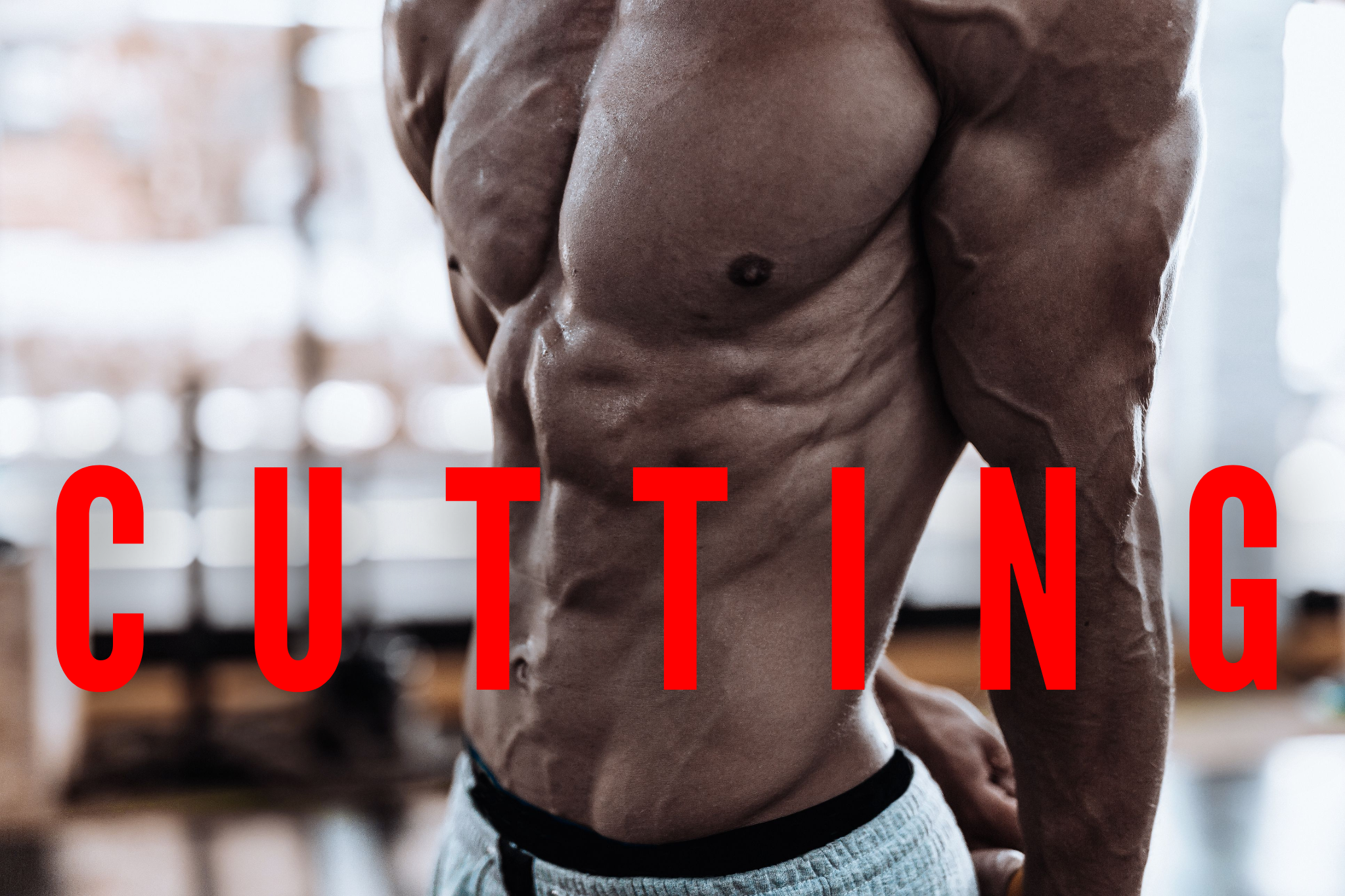Introduction:
Embarking on a cutting phase can be a challenging yet rewarding endeavor. It involves a dedicated approach to reduce body fat while preserving lean muscle mass. While there are several effective strategies to achieve your cutting goals, it’s equally important to be aware of the common mistakes that can hinder your progress. In this article, we will explore what not to do when you’re on a cutting phase, providing valuable insights to help you stay on track and maximize your results.
- Severely Restricting Caloric Intake: One of the most common mistakes individuals make during a cutting phase is excessively restricting their caloric intake. While creating a calorie deficit is essential for fat loss, extreme and sudden reductions can have negative consequences. Severely restricting calories can lead to muscle loss, metabolic slowdown, nutrient deficiencies, and low energy levels. Instead, aim for a moderate caloric deficit of 500-750 calories per day, allowing for sustainable and healthy weight loss.
- Neglecting Protein Intake: Protein plays a crucial role during a cutting phase as it helps preserve muscle mass and supports recovery. Unfortunately, some people make the mistake of neglecting their protein intake, which can result in muscle loss and hinder progress. Ensure you consume an adequate amount of protein with each meal, aiming for approximately 0.7-1 gram of protein per pound of body weight. Include lean meats, fish, poultry, eggs, dairy, legumes, and plant-based protein sources in your diet.
- Overdoing Cardiovascular Exercise: Cardiovascular exercise is often incorporated into cutting phases to enhance calorie burning and improve cardiovascular fitness. However, excessive amounts of cardio can be counterproductive. Engaging in too much cardio can lead to muscle loss, increased cortisol levels (stress hormone), and a slowed metabolism. Instead, focus on a balanced approach by combining cardiovascular exercise with resistance training to preserve muscle mass and optimize fat loss.
- Ignoring Resistance Training: Neglecting resistance training is a common mistake made during cutting phases. Many individuals believe that only cardio is necessary for fat loss. However, resistance training is equally important as it helps maintain muscle mass and contributes to a toned and defined physique. Incorporate compound exercises like squats, deadlifts, bench presses, and rows, along with targeted exercises to ensure you’re stimulating and preserving your muscles adequately.
- Overlooking Sleep and Recovery: Ample sleep and proper recovery are often overlooked aspects of a cutting phase. Insufficient sleep can disrupt hormonal balance, increase cravings, and hinder fat loss progress. Additionally, inadequate recovery can lead to overtraining, increased risk of injury, and stalled progress. Aim for 7-9 hours of quality sleep each night and include rest days in your training program to allow your body to repair and regenerate.
- Neglecting Micronutrient Intake: When cutting, it’s crucial not to neglect the intake of essential micronutrients. Relying solely on low-calorie foods without paying attention to nutritional value can lead to deficiencies, impaired metabolism, and compromised overall health. Ensure you consume a variety of nutrient-dense foods, including fruits, vegetables, whole grains, and healthy fats, to support your body’s needs during the cutting phase.
Conclusion:
Embarking on a cutting phase requires a well-rounded approach that considers both nutrition and exercise. By avoiding these common mistakes, you can enhance your chances of achieving your desired results. Remember to create a moderate calorie deficit, prioritize protein intake, balance cardiovascular exercise with resistance training, prioritize sleep and recovery, and maintain a well-rounded and nutrient-rich diet. With patience, consistency, and smart decision-making, you can optimize your cutting phase and achieve your goals successfully.

